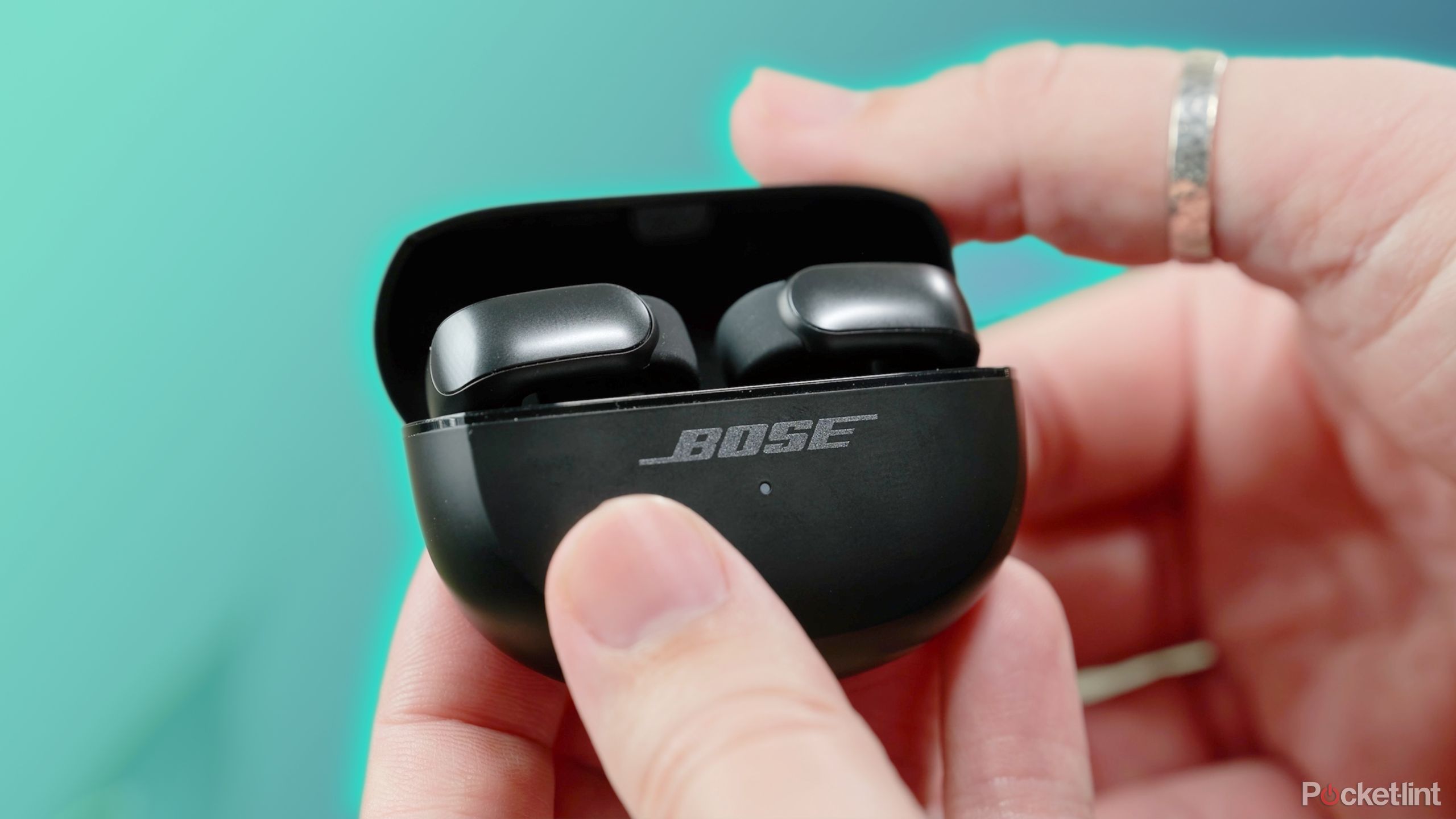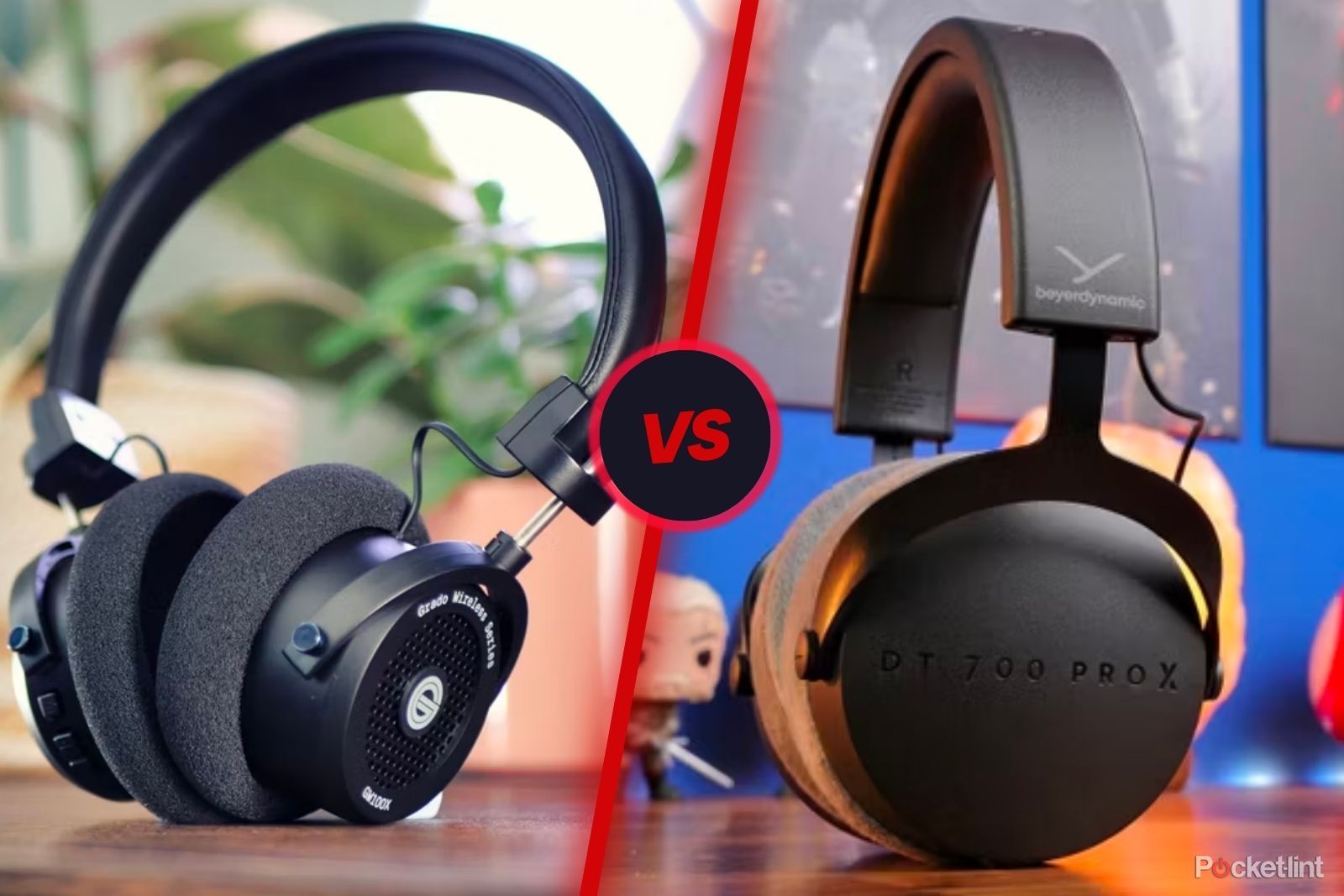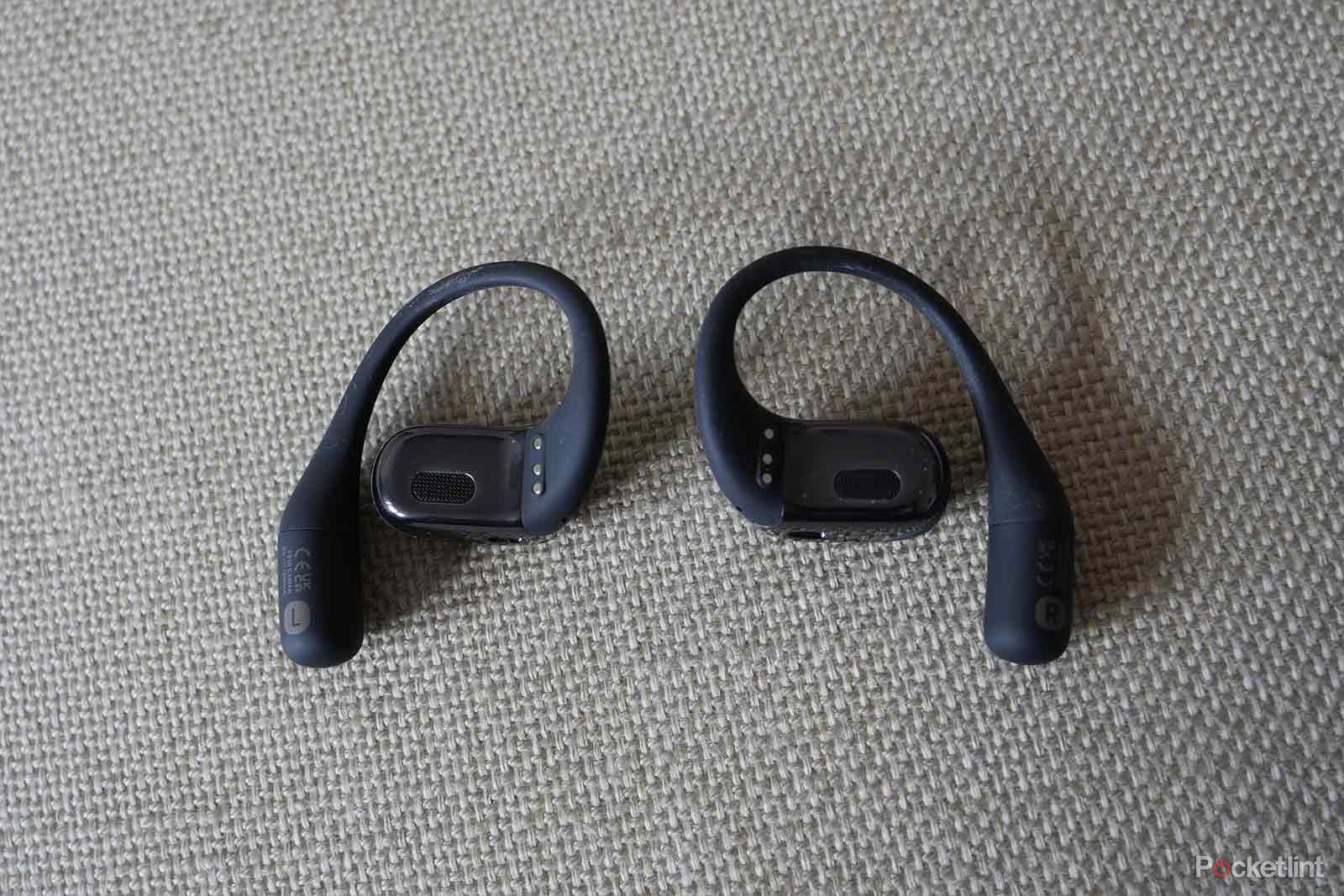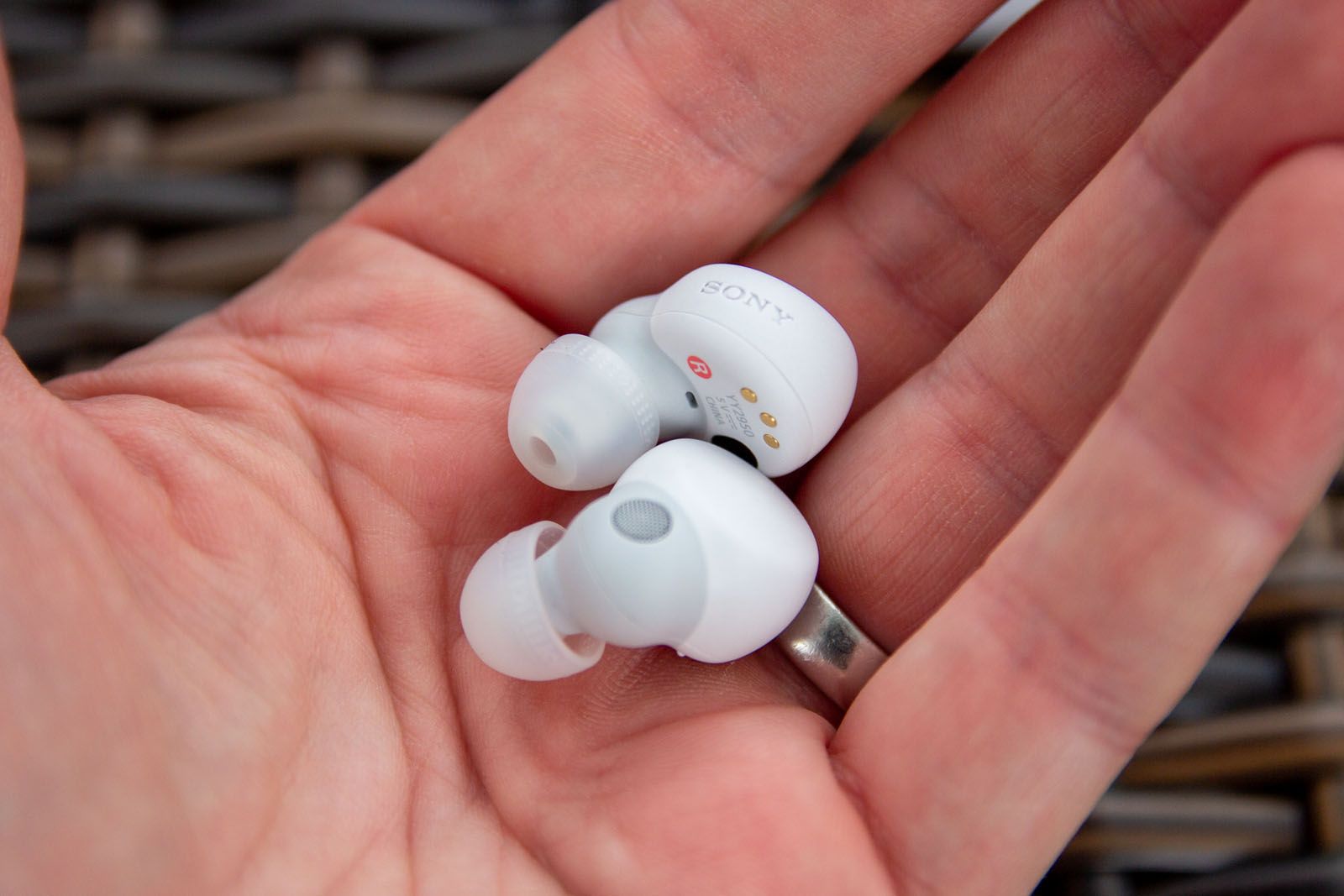Key Takeaways
- Personal audio is booming with the popularity of Bluetooth headphones and streaming services, making it convenient and accessible for everyone.
- Open-ear earbuds offer better spatial awareness and comfort compared to other types of headphones, making them popular among athletes and those who want to stay connected to their surroundings.
- Open-back earbuds offer a compromise between regular earbuds and open-ear designs, providing better soundstage but with limited options available.
Personal audio is going through its biggest boom in years, and you can see it everywhere on the streets. People are going around with their Bluetooth earbuds or headphones, always listening to their favorite tunes using Spotify or other streaming services.
This immense popularity shouldn’t really be a surprise. With how convenient listening to music is now, with great wireless headphones and awesome, cheap streaming services, there has never been a better time to get into music. You can listen everywhere you are, to everything your heart desires, without the need to carry around a pack of CDs or even a separate MP3 player.
0:58
Soundcore’s clip-on earbuds are a cheaper Bose Ultra Open dupe
Bose’s Ultra Open earbuds are some of my favorite open-ears, and the Soundcore C30i delivers the same awareness for only $70.
Interestingly though, the popularity of Bluetooth headphones also gave birth to a slew of innovations in Bluetooth earbuds themselves. While only a few years ago the only widespread form factor was the standard in-ear, wired buds, you can now get multiple different versions of wireless earphones, with different strengths and purposes.
Two of the most interesting types of buds to come into play are open-ear and open-back earbuds. Both of them have similar advantages, mainly focusing on being able to hear the sound of your surroundings, but they also vary significantly in other aspects. Read on.
 What are open-ear earbuds?
What are open-ear earbuds?
Let’s start with the broader category — the open-ear earbuds (or headphones). This might be a bit of a misnomer, especially when connecting the “earbuds” part with the “open-ear” part.
These are smaller, non-over-ear headphones that do not stick directly into your ear canal, but instead use various technologies to play music into your ear without blocking the sounds of your surroundings.
Open-ear headphones are a category of their own, and they serve a bit of a different purpose than either in-ear headphones or over-ear cans. They are mostly designed with the ability to let the sound through in mind, but they also excel in other fields.
Open-ear headphones: Pros
The advantages of open-ear earbuds are mainly concentrated on much better spatial awareness when wearing them compared to other types of headphones that generally try to block the sounds of the surroundings from going into your ears.
Open-ear headphones are so popular among athletes — you can wear them while working out but still keep in touch with your surroundings.
That’s why open-ear headphones are so popular among athletes — you can wear them while working out but still keep in touch with your surroundings, making your workout — especially if you’re doing it on the streets — much safer.
Open-ear earbuds are also generally more stable and comfortable than in-ear options, often using designs that employ neckbands or over-ear straps to comfortably stay in place. And as most of these designs cater to sportspeople, you can also expect them to have some kind of water and dust protection built-in.
Additionally, with no in-ear pressure build-up, they feature one of the most comfortable headphone designs on the market, so if you’re looking for something smaller than full-sized cans, but don’t like something in your ear, these might make for the perfect fit.
 Open-ear headphones: Cons
Open-ear headphones: Cons
Unfortunately, with all designs, as clever as they might be, there also come some inherent disadvantages, and the same is true for open-ear headphones.
The first and most obvious one is the fact that they let every outside sound through. Yes, that’s their selling point, but if you just want to listen to a bit of music on the train, it will prove to be a bit underwhelming — you’ll hear more of the train sounds than your own music.
The second thing to keep in mind is the sound bleed. Most open-ear designs bleed your music into the environment, so you won’t be able to listen stealthily. Plus, if someone is not that keen on hearing your playlists, it might prove to be a bit annoying for them.
8:10

Bose’s new Ultra Open earbuds are the fashion and function success I can’t stop wearing
They may not be part of Bose’s QuietComfort lineup, but my ears don’t want any other buds. Think transparency mode — but better.
There is also the sound quality. Because drivers are generally farther away from your ears in open-ear designs, the sound quality often suffers. This doesn’t mean that these headphones sound bad, they just sound worse than regular in-ears in the same price bracket.
What are open-back earbuds?
Open-back earbuds might not be a new idea, but they are surely the most niche out of the three open-ear designs. These look the most like standard earbuds, but instead of having some sort of plate or a cover that would isolate your ear canals from the outside world, they leave that space open. This can be done traditionally, by using a cover with holes in it (like the Samsung Galaxy Buds Live), or a bit differently, by using a donut-shaped design such as the quirky Sony LinkBuds.
Open-back earbuds: Pros
Essentially, their goal is to provide you with the sound quality of regular earbuds but add to it some advantages of the open-ear build. The soundstage is usually much better on these than with regular in-ears, plus you get all the space-awareness you’d get from other types of open-ear headphones.
Pocket-lint
Open-back earbuds: Cons
Of course, there are also some drawbacks. The first, and most unfortunate one, is that open-back wireless earbuds are few and far between. The aforementioned Sony LinkBuds and Galaxy Buds Live are the only two mainstream options, and with the bad reputation that the latter gets for its lacking ANC, we’re probably not likely to see many more in the near future.

Open-back vs closed-back headphones: What’s the difference, and which should you buy?
While both over-ear cans, open and closed back headphones have different form factors and functions. We break down the key differences.
Open-back earbuds also do not benefit from the increased stability of other open-ear designs. This means they are not the best choice if you’re looking for an open-ear design to grab when going for a run — or at least they are not more stable than standard wireless earbuds.
FAQ
Q: Are open-back earbuds also open-ear earbuds?
The short answer is: yes, they are. It’s one of the open-ear designs, which is essentially a very broad term for earbuds that do not cover your ear canal, and do not cut you off from your surroundings.
As open-back earbuds are essentially regular earbuds but with a hole in them, letting air and sound pass through, they qualify as open-ear as well.
Q: What are other types of open-ear headphones?
As the “open-ear” moniker is a bit of a catch-all term, it applies to a few different kinds of headphones which all use different technologies to provide the open-ear experience. Aside from the ingenious open-back earbuds, there are also two more popular designs in this category.
Air conduction earbuds: These are the most popular type of open-ear headphones. They use traditional drivers to produce sound, but do not place them inside your ear — instead, they are merely near your ear canal, and the drivers are pointed towards it, conducting the sound inside. This allows both for the traditional listening experience, and much better awareness of your surroundings, as nothing is blocking your ears.
Bone conduction headphones: The other popular type of open-ear headphones is using bone conduction. That’s an interesting design, which doesn’t use drivers at all. Instead, it vibrates your own bones near your ears, essentially making them into speakers. That’s an interesting experience to have, and some people swear by bone conduction as one of the best ways to listen to music, with an almost visceral feeling.
Trending Products

Cooler Master MasterBox Q300L Micro-ATX Tower with Magnetic Design Dust Filter, Transparent Acrylic Side Panel…

ASUS TUF Gaming GT301 ZAKU II Edition ATX mid-Tower Compact case with Tempered Glass Side Panel, Honeycomb Front Panel…

ASUS TUF Gaming GT501 Mid-Tower Computer Case for up to EATX Motherboards with USB 3.0 Front Panel Cases GT501/GRY/WITH…

be quiet! Pure Base 500DX Black, Mid Tower ATX case, ARGB, 3 pre-installed Pure Wings 2, BGW37, tempered glass window

ASUS ROG Strix Helios GX601 White Edition RGB Mid-Tower Computer Case for ATX/EATX Motherboards with tempered glass…














